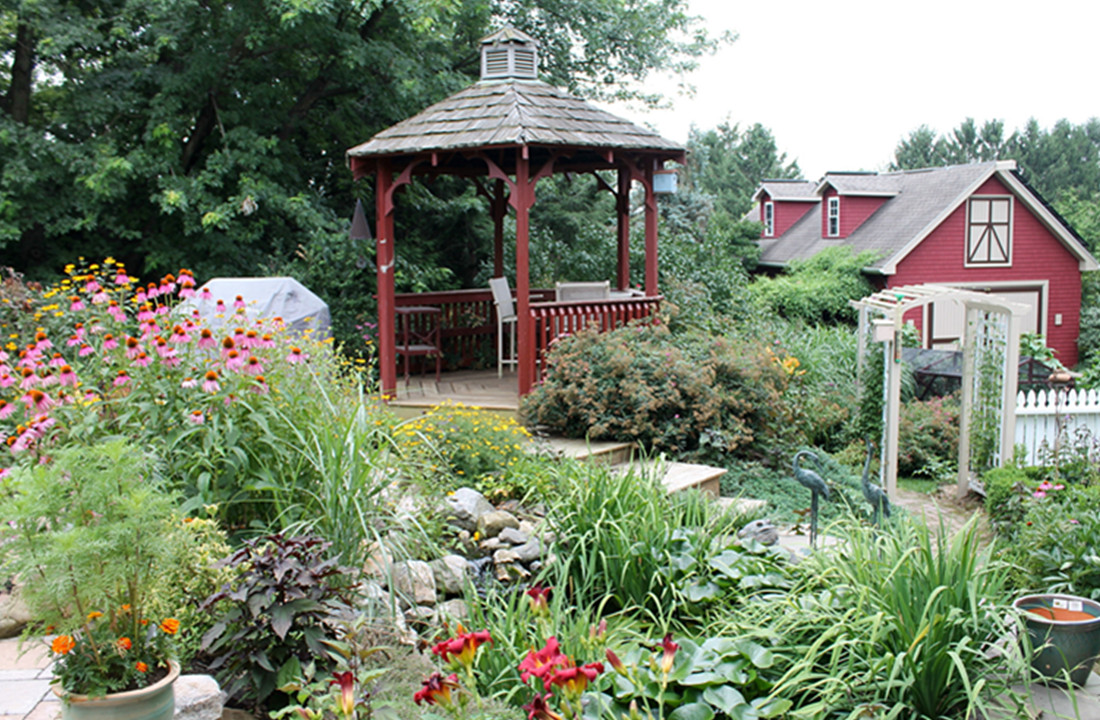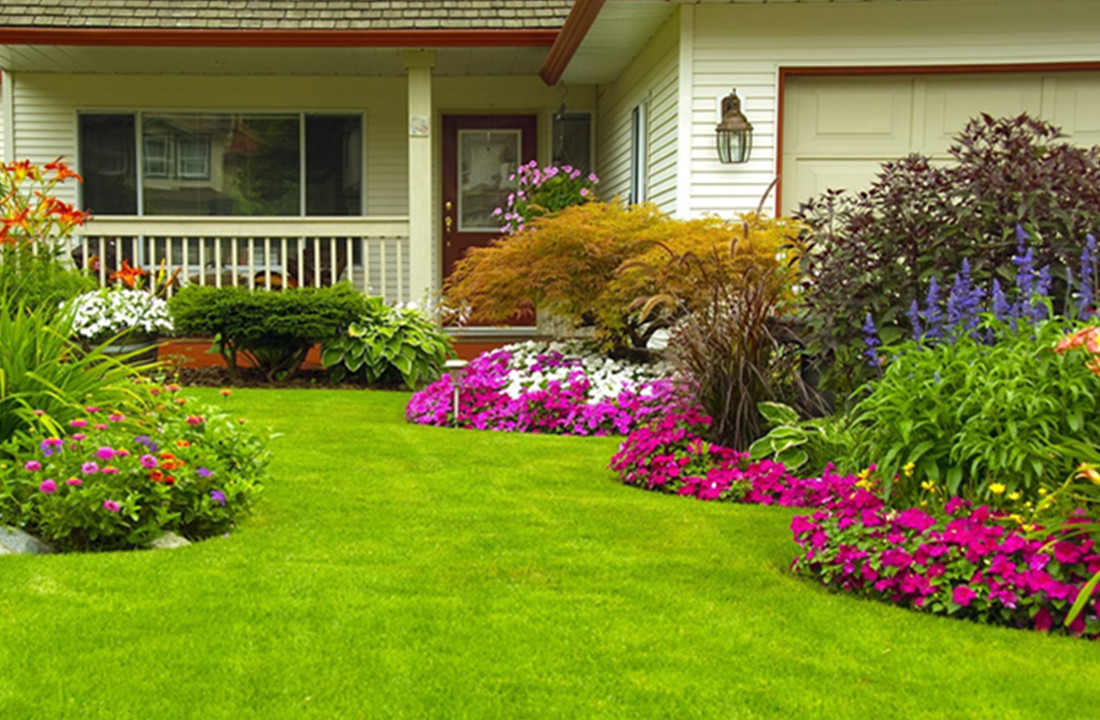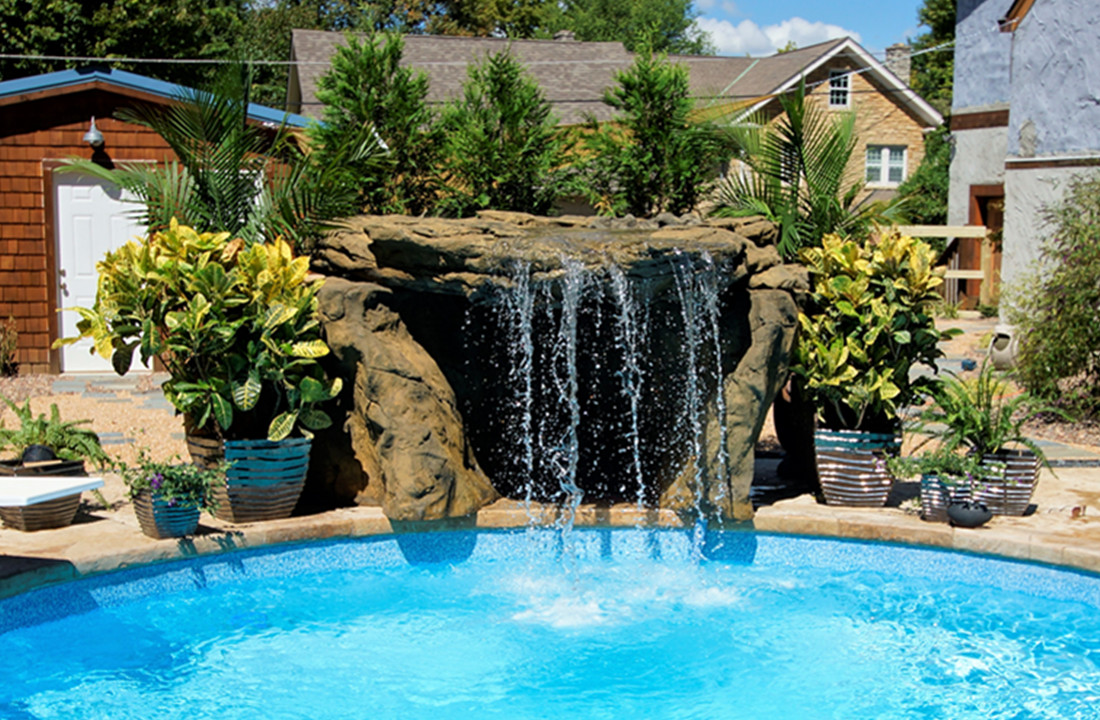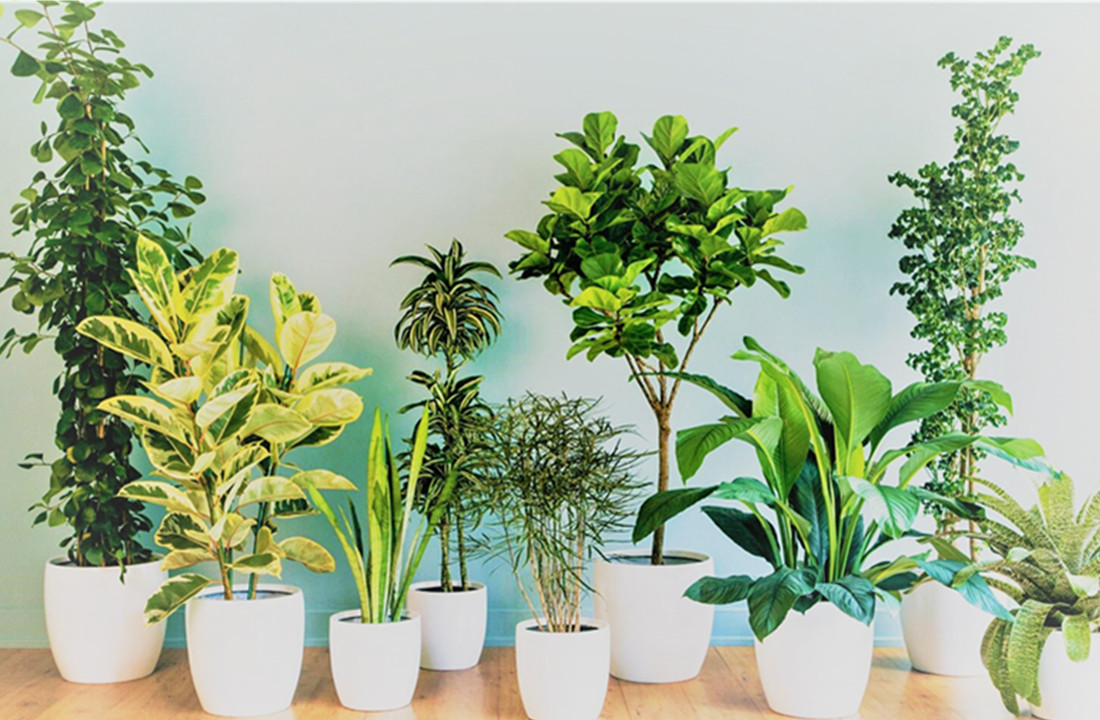Landscaping is a great way to add life and color to your home. If you have a garden or access to one, you can create a special outdoor space that will be relaxing and peaceful.
There are many types of landscaping styles, from traditional to modern and everything in between. You can either landscape on a budget or splurge for the best materials.
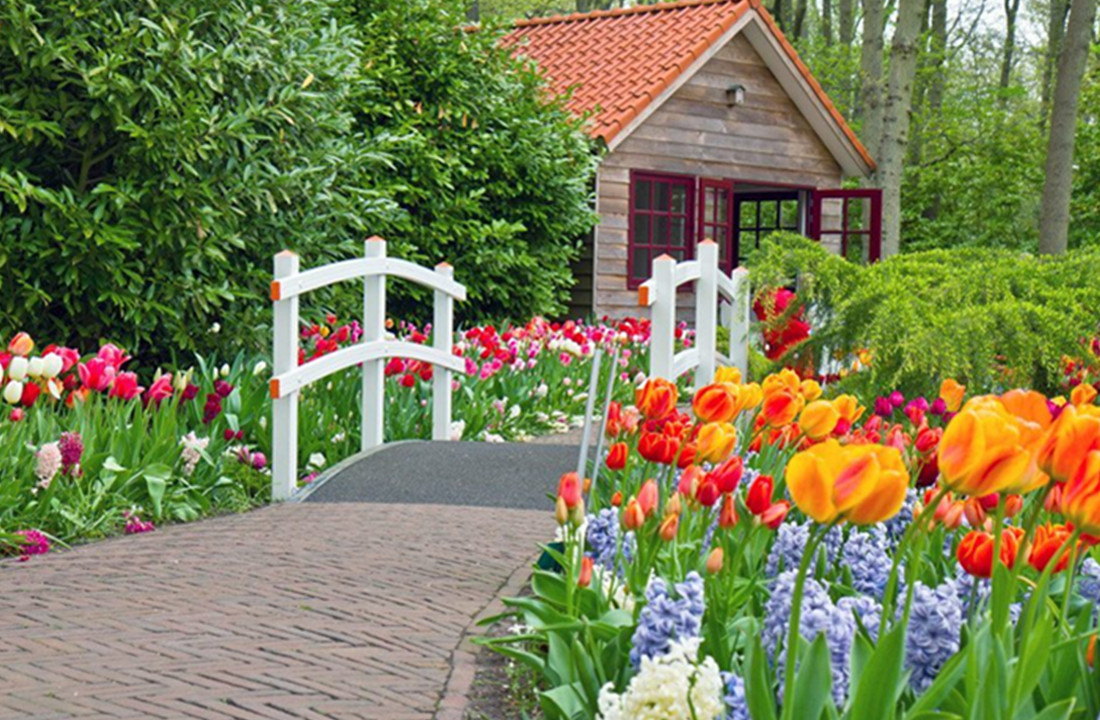
These tips will help you create a beautiful, functional garden that everyone in your family can enjoy.
Your dream garden doesn’t have to break your budget! Whether you’re planning an intimate English-style cottage garden or a showy perennial border, it’s easy to include all the features you want on any size plot – without using high-priced materials. Your secret is to keep your design simple, use plants that are easy to grow and are forgiving of less-than-perfect conditions, supplement with lots of “bargain” items, and learn to do some basic maintenance yourself.
Old garden gates can be recycled into trellises for sweet peas or vining clematis. They’re perfect for creating informal hedges, too.
A rustic fence made of tree limbs with vines climbing over it is far more interesting than a conventional one – and you can make it yourself!
If you have room, create several different areas for relaxing or play. A sunken garden surrounded by broad-leaved plants is perfect for enjoying a cup of tea or reading a book. A small patio surrounded by annuals and perennials can be an oasis where you’ll enjoy sitting after work, while the kids play.
Get inspired by painting your deck or fence a bright hue – either one that matches your landscaping theme or contrasts it. Then relax and enjoy the show!
Bog gardens are a fun way to brighten up a dreary corner of your yard. They’re also perfect for those with shady areas who want to grow some greenery.
What you need: A bucket or large bowl, pea gravel or small rocks, sphagnum moss and some water plants, such as green algae, duckweed and water hyacinths.
Gather up some rocks or stones to use in your bog area – larger ones can be used to form the base of your bog garden. Next, line the bottom with the gravel or small rocks. Layer peat moss or sphagnum moss on top of that. Then, place the plants directly on top of that.

